8. Children of Men (2006), directed by Alfonso Cuarón, D.P.: Emmanuel Lubezki
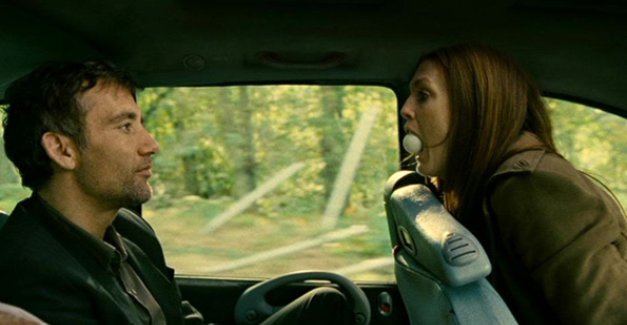
Despite the fact that Children of Men, Alfonso Cuarón’s visionary and almost relentlessly dark dystopian thriller, was released almost 15 years ago, there are still only a tiny few single-shot sequences in all of cinema that can match those found in Cuarón’s film. The most breathtaking of these is the 6-minute tracking shot that follows Clive Owen’s protagonist through an explosive gunfight in a wartorn village.
It’s the kind of shot that lifts a film from “great” to “masterpiece of cinema.” Although cinematographer Emmanuel Lubezki would later win three Oscars, he lost in 2007 to Guillermo Navarro’s work in Pan’s Labyrinth. Navarro’s brilliance in Guillermo del Toro’s film is undeniable, but after watching the single-shot sequences in Children of Men, it’s difficult to reconcile Lubezki’s loss.
7. The Secret in Their Eyes (2009), directed by Juan José Campanella, D.P.: Félix Monti
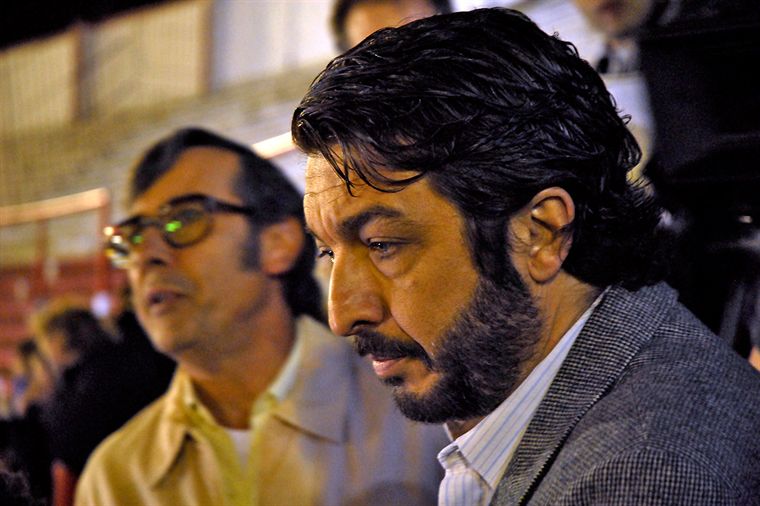
Imagine choreographing an entire football stadium full of people and the football team playing below them while your lead actors frantically search the gigantic crowd for a suspect, and you might have an idea of the incredible achievement that is this single-shot sequence from Argentina’s The Secret in Their Eyes.
But director Juan José Campanella and director of photography Félix Monti took this already wildly ambitious concept way further by adding to it the stunning introduction to this sequence: The camera zooms in on a distant football stadium, then, reaching the stadium, dips inside and glides above the football teams playing below, then it floats over the heads of the crowd until the camera drops down and swirls around and enters the crowd itself where it begins following the film’s protagonist in his desperate search.
It’s a mystery how the shot was pulled off, but the effect is magnificent, illustrating vividly the needle-in-a-haystack chance the protagonist has of finding his man in this sea of chanting sports fans.
6. Birdman or (The Unexpected Virtue of Ignorance) (2014), directed by Alejandro G. Iñárritu, D.P.: Emmanuel Lubezki
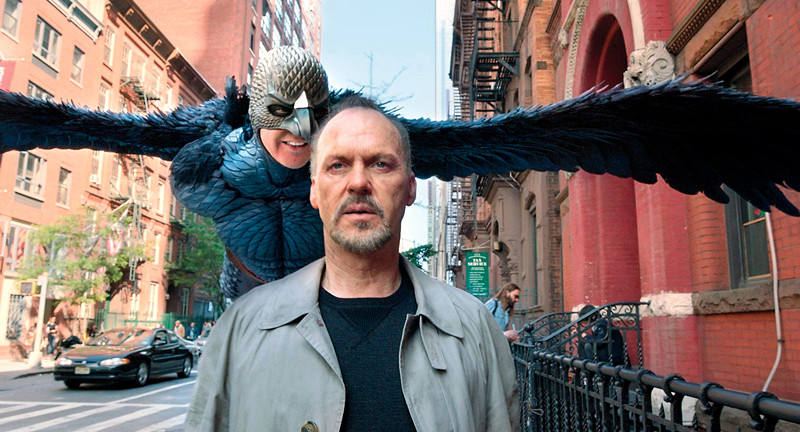
Although extended single-shots are technically impressive, their true function is to immerse the audience inside the world of the film more completely than less creative shots and sequences could. Few films exemplify this better than Alejandro G. Iñárritu’s Birdman or (The Unexpected Virtue of Ignorance).
Teaming up with cinematographer extraordinaire Emmanuel Lubezki, who would later join Iñárritu again for The Revenant, the pair decided that the best way to immerse the audience both inside the protagonist’s twisted mind and the theatre-based world of the film was to shoot the entire movie as a single shot. They didn’t quite achieve this in the literal sense, but by cleverly disguising the editing cuts, Birdman looks and feels as if it is indeed all one continuous sequence.
The unbroken shots that compose the film are all lengthy, each phenomenal achievements in cinematography positively crackling with energy and bringing the exciting highs and lows of front- and backstage theatre to life on the silver screen, winning four Oscars for Iñárritu and Lubezki.
5. The Revenant (2015), directed by Alejandro G. Iñárritu, D.P.: Emmanuel Lubezki
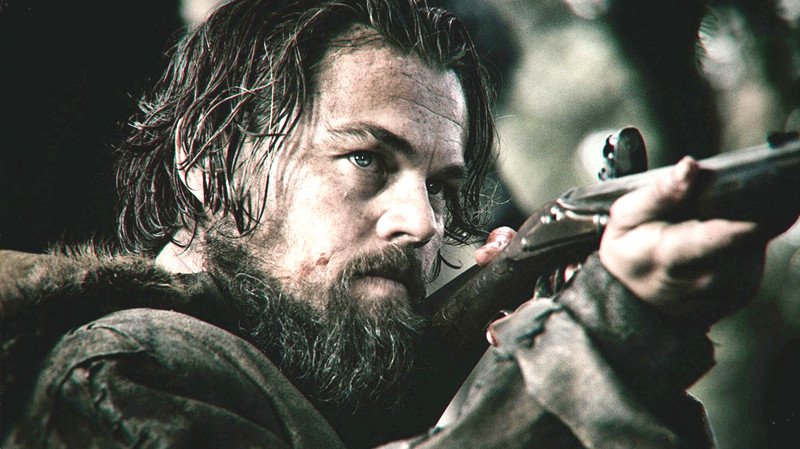
Interestingly, cinematographer Emmanuel Lubezki appears on this list four times: twice with director Alfonso Cuarón, and twice with director Alejandro G. Iñárritu. It’s clear that Lubezki is the master of the long take.
Following 2014’s aforementioned Birdman or (The Unexpected Virtue of Ignorance), Lubezki illustrated this mastery once again in The Revenant, for which he won his third Oscar. There are many virtuoso long takes and tracking shots worth pointing out here, but the single-shot sequences that compose the film’s shocking battle scene are the most impressive. These shots are particularly noteworthy due to the nature of the film’s infamously difficult production.
Shot in the vast, untouched wilderness of Calgary, Canada, it took four hours every day just for the crew to walk the unpaved roads to the shooting locations, where they were then subject to deathly temperatures, roaming bears, and frozen equipment—not to mention the short window of natural light necessary for shooting. And while Lubezki and Iñárritu had achieved the extraordinary with Birdman, they’d had the benefit of a Hollywood set for that film; shooting in the infinite wilderness is another beast entirely, and it’s this fact that lifts The Revenant into the pantheon of cinematography’s greatest achievements.
4. Touch of Evil (1958), directed by Orson Welles, D.P.: Russell Metty
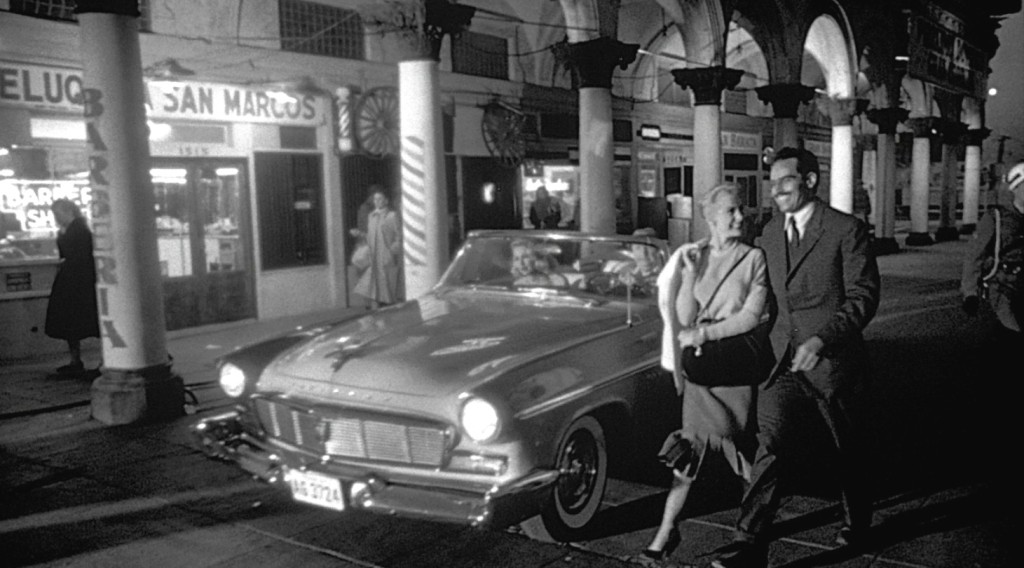
Film noir is cooler than almost anything, and Orson Welles’ Touch of Evil is one of the coolest, particularly because of the magnificent tracking shot that opens the film—a remarkable achievement today, let alone in 1958, and partly why the film is regarded as one of the very best ever made.
What most people don’t know, though, is that Welles wasn’t so proud of this long take as he was of another, much longer and more technically accomplished one later in the film—at a whopping 12 minutes and set inside an apartment to evoke feelings of claustrophobia in his audience, the later long shot was intentionally designed by Welles to be invisible, and he succeeded so much in this regard that few people know it exists. Still, for the cool factor, it’s this opening shot that takes the cake, and has inspired every long take ever filmed since.
3. Gravity (2013), directed by Alfonso Cuarón, D.P.: Emmanuel Lubezki
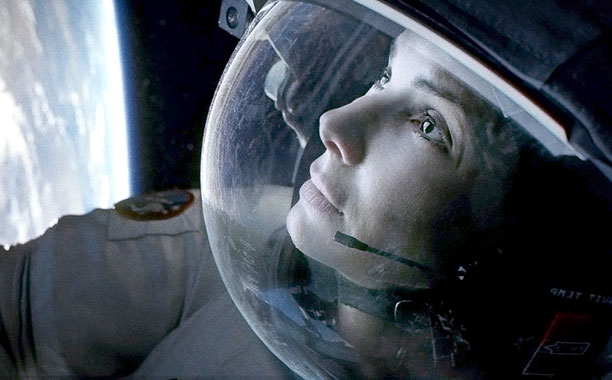
Together, director Alfonso Cuarón and cinematographer Emmanuel Lubezki envision long shots like few other pairs in Hollywood. They showed what they were capable of in the aforementioned Children of Men, but it’s with Gravity that they created their masterpiece. The film’s 17-minute single-shot opening drops viewers into the silent serenity of space as it’s never been seen before. The camera rotates slowly and fluidly in a manner that mimics the sensation of floating in an environment that lacks the film’s namesake while the globe of Earth glows below, blue as a dream.
But more than being a masterful long take, Gravity made breathtaking use of 3-D technology, arguing a case for 3-D beyond a gimmick employed to sell a more expensive ticket into the theatre, so much so that the effectiveness of the movie and opening sequence is greatly hindered when viewed without 3-D, and even more so when viewed on a small screen at home. Cuarón told The Daily Beast that of the four and a half years it took to make Gravity, three and a half of them had focused solely on 3-D work.
Gravity won seven Oscars, including Best Achievement in Cinematography and Best Achievement in Directing. It would seem, then, that Cuarón and Lubezki had achieved what they had set out to.
2. Goodfellas (1990), directed by Martin Scorsese, D.P.: Michael Ballhaus
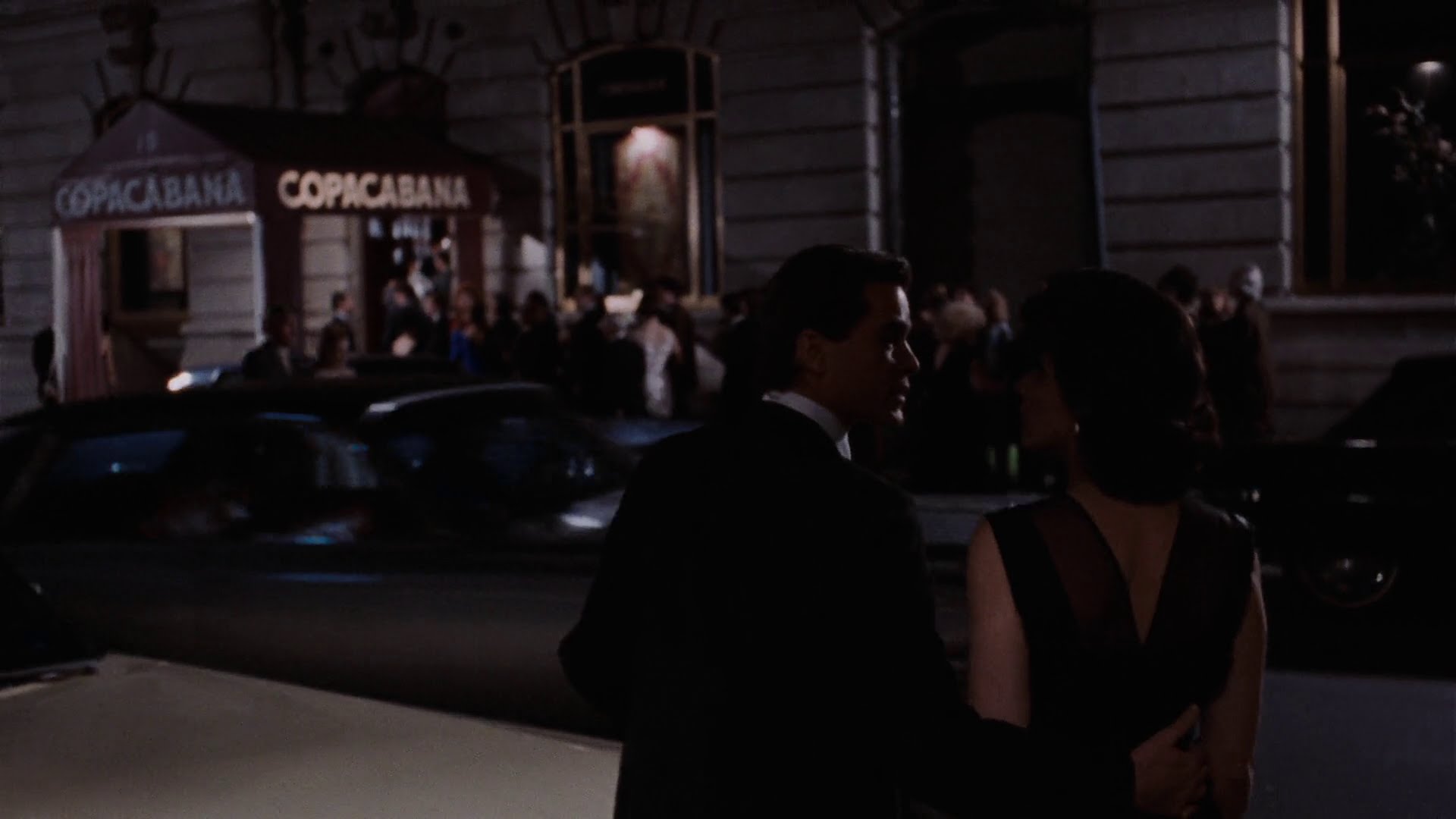
Few tracking shots are so famous and revered as the one in Martin Scorsese’s Goodfellas that brings the audience into New York’s legendary Copacabana nightclub right behind actors Ray Liotta and Loraine Bracco. It’s so famous, in fact, that it has its own well-known title: The Copa Shot. Amazingly, it was filmed in just a few takes and wrapped up by lunch break.
The Copa Shot is so iconic, not because of the incredible technicality of it, but because of its power as storytelling device, which, ultimately, is the mark of any great scene. By inviting the audience into Copacabana with Liotta’s Henry Hill, who in turn is excitedly bringing his date/future wife into the club for the first time, the audience is effectively tagging along on the journey of Hill’s life in an incredibly intimate way, which is exactly what the entire movie sets out to achieve.
The Copa Shot, with its giddy enthusiasm and fluid gliding movement in following Hill, also expresses the hope and excitement he feels in this time when his whole life is stretched out before him as a blank canvas washed in promise. The shot pulls the audience into Hill’s world more deeply than any moment preceding it, and by the time it ends we’re as intoxicated by Hill’s life as he is.
1. 1917 (2019), directed by Sam Mendes, D.P.: Roger Deakins

Based on his grandfather’s tales of being a messenger in World War I, director Sam Mendes had a vision: a WWI movie presented entirely as a single shot in real time. According to CNN, when cinematographer Roger Deakins and editor Lee Smith heard Mendes’ idea, they weren’t sure if he was being serious. Because of the scale and intensity of war films—and the high-octane thrills particular to 1917—Mendes’ concept is arguably the most ambitious in cinema history.
Every moment of this film is so astounding and mesmerizing it begs to be re-watched again as soon as the credits roll, but the most stunning may be a meticulously designed—down to the time it took flares to hit the ground—hellish night sequence of flames and destruction. Deakins and Mendes deserve, not just Oscars, but to go down in cinema history for their roles in the coolest and most awe-inspiring cinematography achievement of all time.
Author Bio: Philip Elliott is the author of award-winning comedic L.A. noir novel Nobody Move. A music and film obsessive, he lives in Toronto with his wife and spoiled pug.